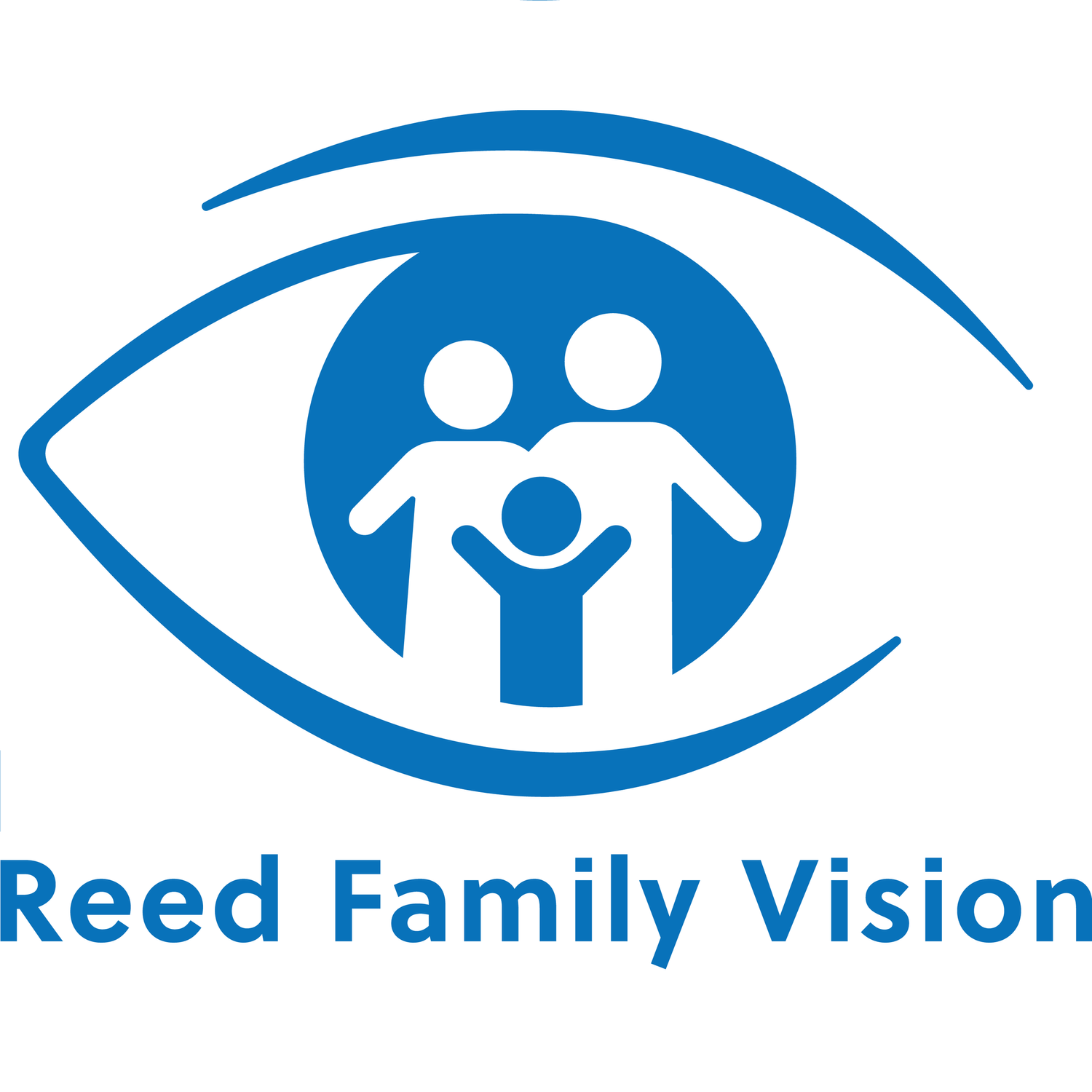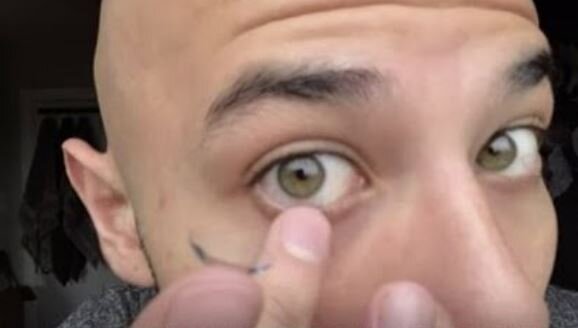Doctors of optometry can play a role in detecting monkeypox—the virus recently declared a public health emergency. Be aware of the ophthalmic manifestations. Past outbreaks, such as the Zika virus and COVID-19, have brought public health and optometry’s critical role to the forefront.
In general, according to the Centers for Disease Control and Prevention, monkeypox symptoms include:
A rash that goes through stages
Fever
Chills
Swollen lymph nodes
Exhaustion
Muscle aches and backache
Headache
Respiratory symptoms (e.g., sore throat, nasal congestion or cough)
The CDC says that monkeypox can be spread from “person to person through direct contact with the infectious rash, scabs or body fluids. It also can be spread by respiratory secretions during prolonged, face-to-face contact or during intimate physical contact, such as kissing, cuddling or sex.”
Manifesting in the eye
In the journal Eye, an editorial titled “Ophthalmic Manifestations of Monkeypox Virus” refers to several conditions linked to the disease, including conjunctivitis, blepharitis, corneal ulcerations, focal conjunctival lesions, photophobia, keratitis, and vision loss to varying degrees.
“We can treat these common ophthalmic manifestations of human monkeypox,” Dr. Lowe says, “allowing the patient to be more comfortable and preventing any late-stage corneal scarring or vision loss as the disease progresses.”
The CDC says the incubation period of monkeypox is between 3-17 days and lasts from two to four weeks. Dr. Lowe says that patients often present with lymphadenopathy, including pre-auricular nodes, which will differentiate human monkeypox from smallpox and chickenpox.
How should doctors of optometry proceed?
Be proactive: Dr. Lowe says, “Continue to collect excellent case histories and encourage vaccinations for any patient you may feel is at risk for exposure. Reiterate, as with the COVID vaccine, that the progression and severity of the disease can be greatly reduced with vaccination.”
Review the infection protocols in your practice, Dr. Lowe says, noting that the processes are still in place due to COVID-19. “Our protocols are the same as they were for COVID,” she says. “In our practice, we recommend masks to our patients but do not require them. Our technicians wear masks whether patients have theirs on or not.”
Communicate with patients, Dr. Lowe says. “Communicate with those patients who may have been exposed to the human monkeypox virus or at-risk for the virus—through either examination or their case history—and encourage them to be vaccinated,” she says. “We can identify a sequela of ophthalmic manifestations we must treat. We can tell them some of the ocular signs and visual symptoms that occur with monkeypox. That knowledge of ocular manifestations is often a great motivator for vaccination. Certainly, have them contact their primary care physician for treatment and vaccination.”
“We must stay abreast of all the latest health care information,” Dr. Lowe says, “especially now that the Department of Health and Human Services has declared monkeypox a public health emergency.”
The public health declaration
Said White House National Monkeypox Response Coordinator Robert Fenton, “We are applying lessons learned from the battles we’ve fought—from COVID response to wildfires to measles and will tackle this outbreak with the urgency this moment demands.”
This information is shared from the American Optometric Association.
If you have questions or concerns, please call our office.









